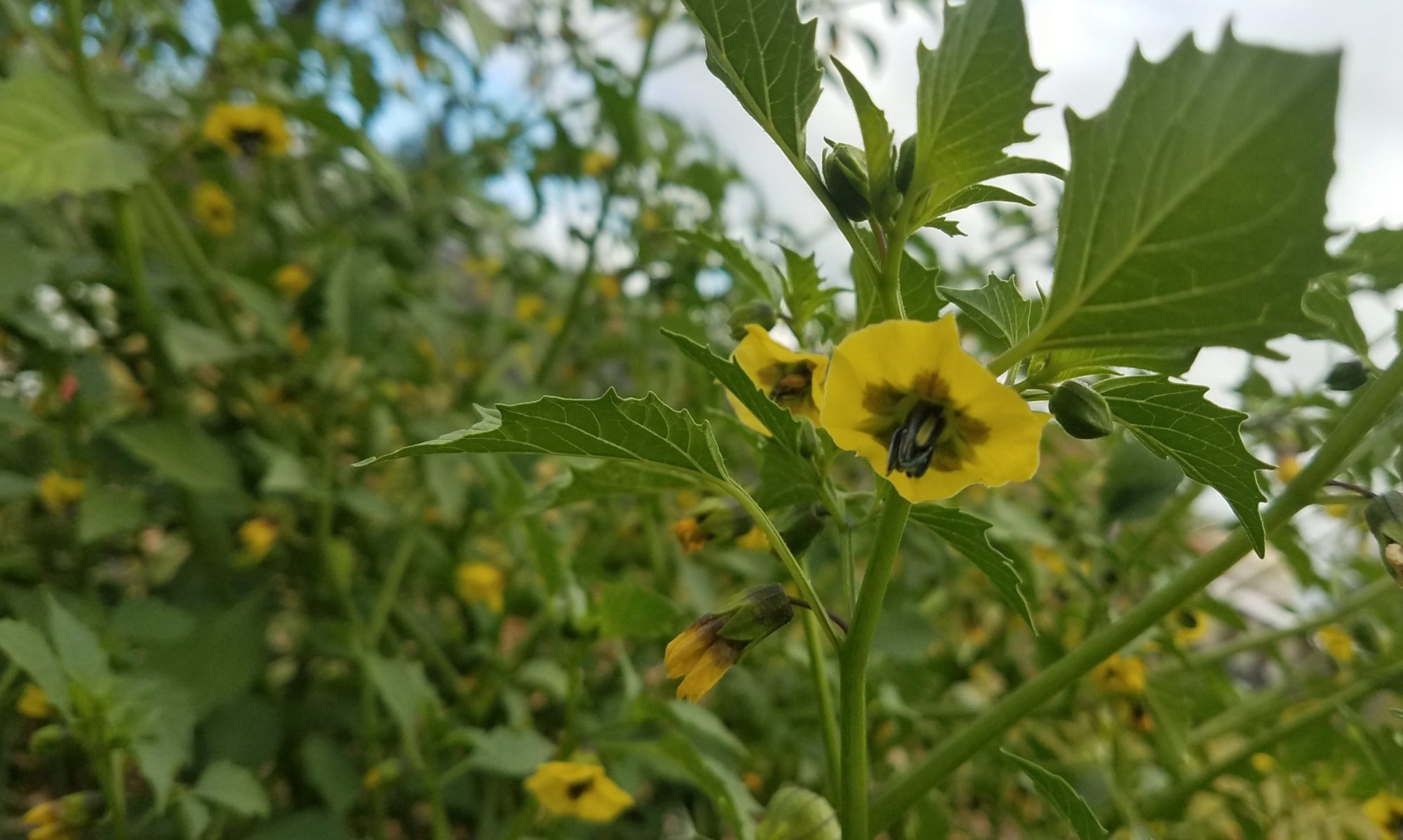One of our goals this year is to keep our garden full. When one crop is harvested, a flat of month-old seedlings will be planted in its place. It requires me to think ahead and plan where to put the next batch of teeny plants. It also means leaving a little margin in the garden just in case things take longer to grow than I anticipated.
This new way of approaching gardening (new to us!) is very fulfilling and exciting. It means that during the most productive months, our garden is running at full capacity. We are harvesting every day. We are making good use of the space we have.
But there’s always more that we can learn or do. I know there are spots under the corn where I could plant lettuces. I could have done a better job of protecting my baby beets from the baby ducks. I could have filled in the herb garden (but no–it will do that on its own). I could have spent more time over last winter prepping the east and west ends of the garden so they’d be as fertile as the central section. I could have planned something to put where the garlic was, instead of leaving it empty (like it still is right now.)
I’m not beating myself up with all my mistakes. I actually get giddy in the garden when I recognize mistakes–because it means that next year’s garden will be more beautiful, abundant, and lush than this year’s garden. I can learn and grow through my mistakes.
I’m going to add one more thing to this post. Actually two more things. First, I love gardening with Josh. I love doing anything with Josh. We share so many interests–some that we discovered as we dated in 1998 and some we’ve developed together since we were married 22 years ago. He brings so much joy to my life as we grow together. Second, Josh is a very organized person, and his sugar snap pea plants did not reflect that at the beginning of their growing season. They were Seussian–and that is not a vibe that jives with Josh. I put up a trellis a few weeks after they sprouted so that Josh’s snow peas would more closely match his desire for order and systems–not in a 1940’s German way, but in more of a Swiss farmer way. Now, as the snow pea season draws to a close, the pea plants which were trellised continue to produce, while the peas which were left to find their own path, wrapping their tendrils around each other, have become withered and spent.

